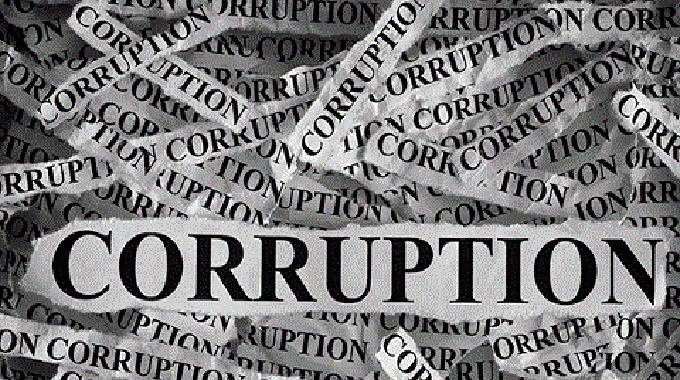Editorial Comment: Connecting the present to the past

The imposing statue of one of the leading figures of the nationalist struggle, “Father Zimbabwe”, the late national hero Vice President Joshua Nkomo, whose passing the country commemorates this month, stands atop a plinth in Bulawayo, as if it’s a sentinel.
It suggests a call to the nation to always be alert and stand guard against enemies of the country’s hard-won independence.
The presence of the statue serves to remind present and future generations of the character of “Umdala Wethu”, his role in the liberation of this country and why Zimbabweans should forever cherish and revere the sacrifices that Dr Nkomo and his nationalist contemporaries made in the process of freeing Zimbabwe from colonial and settler domination.
The significance of the statue, as indeed many others, is to help connect the present to the past. This is why cities, towns and streets were renamed after independence.
The renaming of cities, towns, streets and construction and installation of statues serve as reminders to successive generations of the historical accomplishments by a nation and its people. In acknowledging this recognition and connecting with the past, a nation ascribes new meaning to its present and is therefore able to forge ahead with a greater collective sense of who they are.
Statues and monuments have been erected since historical times.
The Ancient Greeks, through their statues sought to celebrate the importance and accomplishments of human beings. Their statues were also a tribute, a means of worship and honour to their gods and goddesses.
Ancient Romans, on the other hand, erected statues in order to pay homage to rulers of their day.
Statues, as part of visual culture, also have spiritual significance and play an important role for a nation and in the lives of its citizens by offering new meanings, reminding them of specific events, deeds, roles or contributions by individuals or groups in society at a given time during the course of the life of a nation or during its formation.
In Zimbabwe, the Government is erecting a statue of the country’s First Chimurenga heroine — Mbuya Charwe — through whom the spirit of Mbuya Nehanda, manifested itself in the fight against settler occupation of this country.
For her resistance to occupation of the country by the settlers, she was hanged.
She led the resistance by mobilising nationalists, whose only weapons were arrows, bows, knobkerries and spears, as well as guns seized from occupation forces whose columns resistance fighters overcame.
The statue is being erected at the intersection of Julius Nyerere Way and Samora Machel Avenue, in Harare. While the resistance failed because of the fire power of the occupation forces, she was among the last to be captured.
She and another leader of the rebellion, the medium of Sekuru Kaguvi, were hanged by the British.
Staring certain death by hanging, she issued the prophetic warning to the British settlers that “my bones will rise” and fight to reclaim the country from the occupying forces.
It was her heroic resistance and spiritual guidance played a pivotal role by inspiring, mobilising and spearheading guerrilla fighters during the Second Chimurenga, which ushered in Independence in 1980. Work on the statue commenced in June and is expected to be completed in August.
The timing of the completion is significant because August is the month that the nation remembers and honours the heroes and heroines of the Second Chimurenga.
Significant too, is the proposed museum project on the liberation movements in Southern Africa — the African National Congress of South Africa, FRELIMO of Mozambique, MPLA of Angola, SWAPO of Namibia and ZANU/ZAPU in this country.
The museum will be located in Zimbabwe.
Secondly, August is supposed to be the month when the remains of the leaders of the First Chimurenga, are due for repatriation from Britain, although this might not be possible now because of the global travel ban brought about by the novel coronavirus-19. The resistance fighters were subsequently beheaded by the British and their heads were displayed in a British Museum as war trophies.
While a statue represents a person or persons, animal or event, it is more than an object of admiration because its representation demonstrates a far more important role than being decorative. In the current Zimbabwean context, its significance lies in acknowledging the invaluable role that the hero/heroine/leader spearheaded during the liberation struggle.
Finally, the spirit of Mbuya Nehanda will get to rest, fully cognisant of the fact that her role in guiding the execution of the Second Chimurenga has been acknowledged and memorialised.
The question that must follow, this act, is: whether this ends here or whether there is need to extend a similar acknowledgement to those of the liberation fighters who perished in foreign lands as well as those whose remains lie unacknowledged in forests around Zimbabwe. Because, they too, like the remains of the First Chimurenga resistance leaders, deserve a “homecoming” commemoration.
Monuments promote nationhood and patriotism. They will be with us as long as there is a history to recall.
They call upon those present to remember and recalibrate the future.










Comments